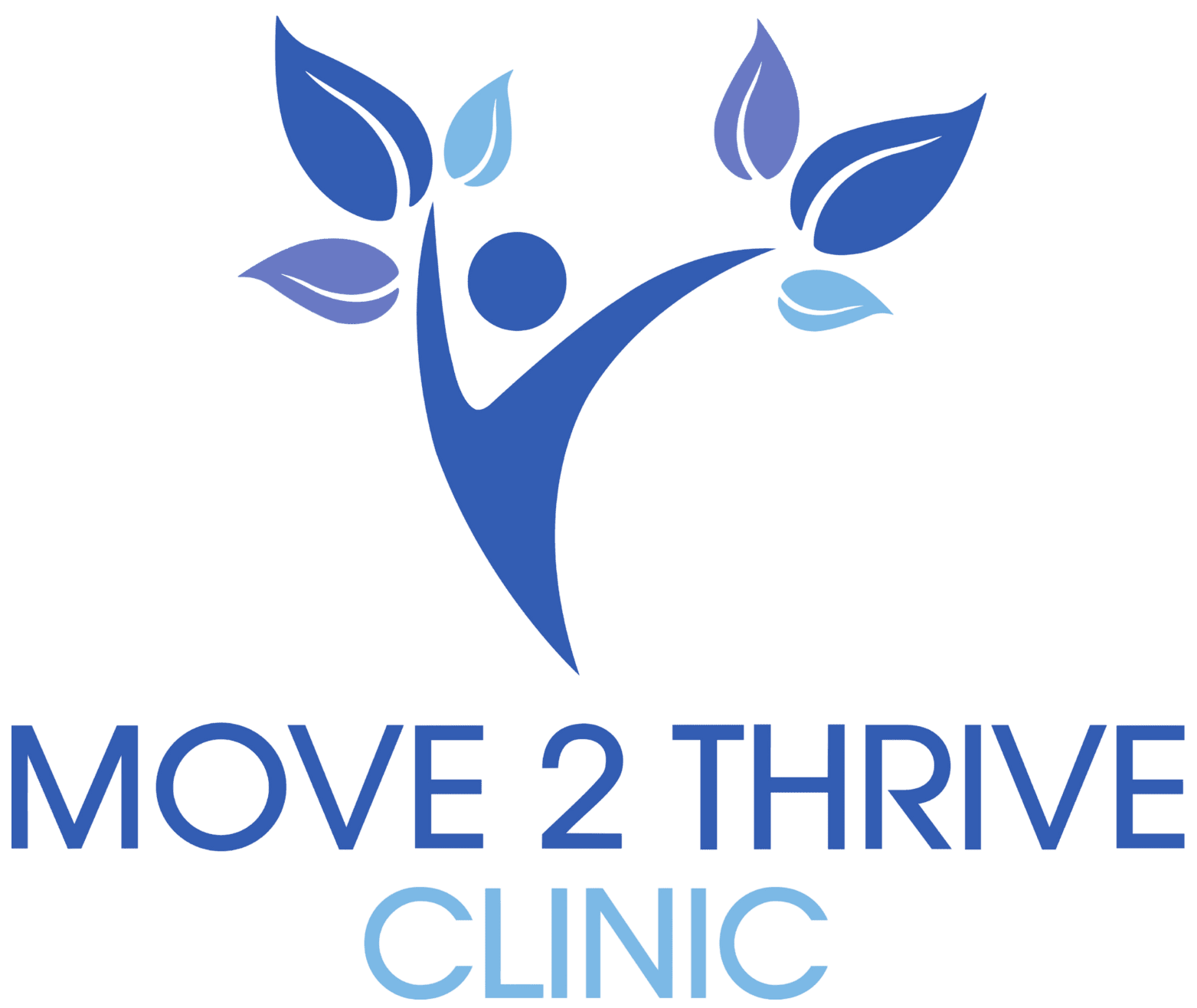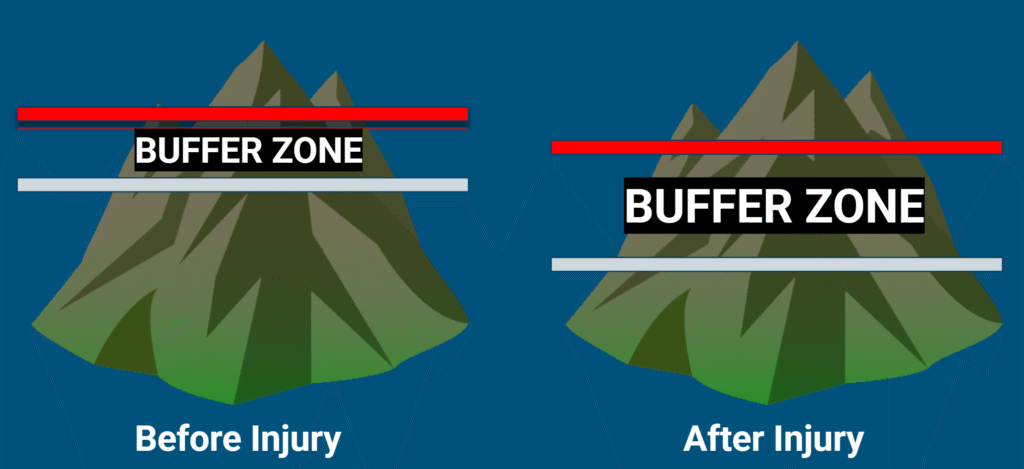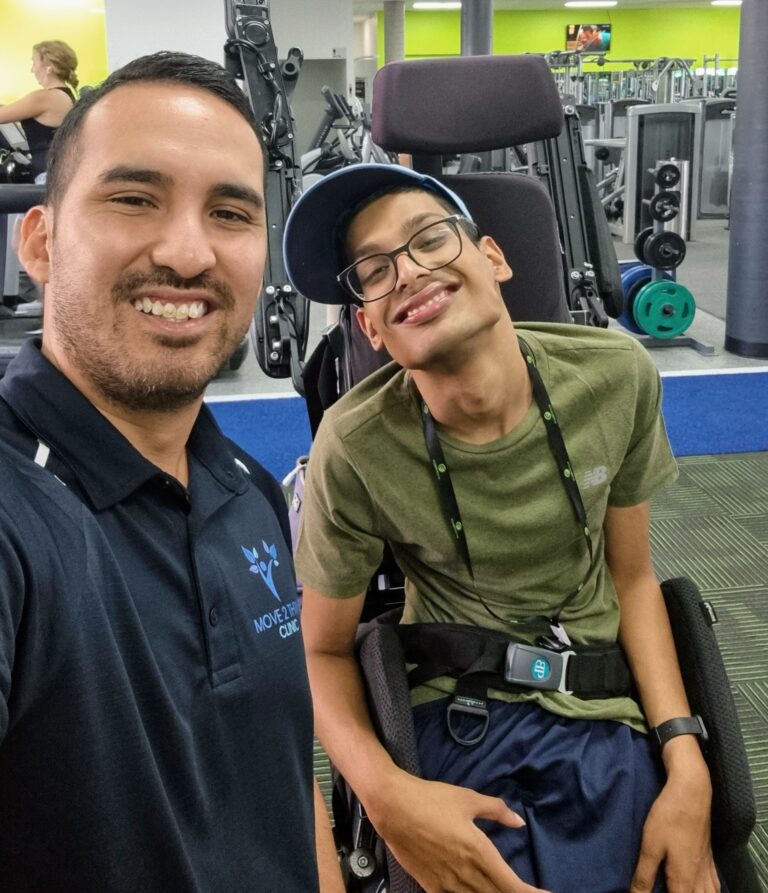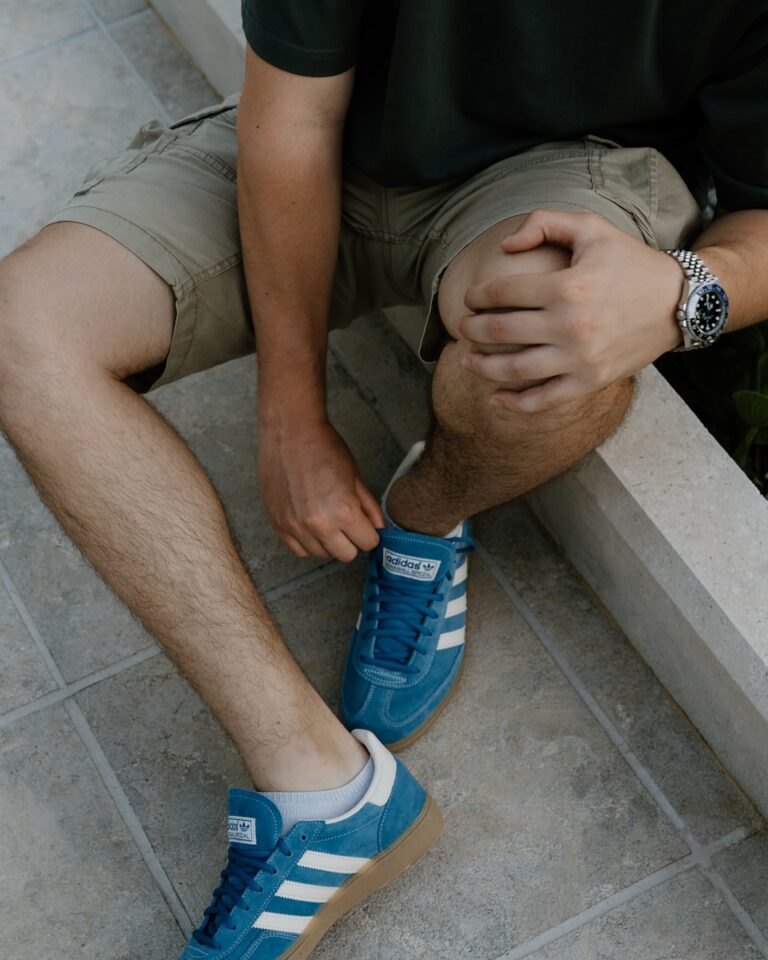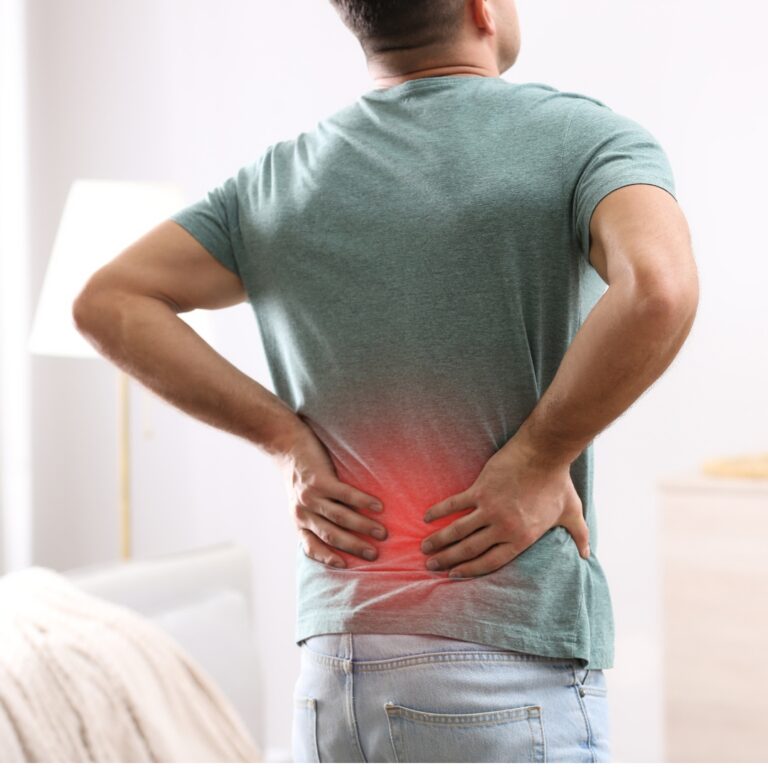“Ever Since That Fall, I Haven’t Trusted My Back — and I Know I’m Not Alone”
That’s what one of our clients told us recently — and it’s something we hear a lot.
They slipped down the stairs two years ago. No broken bones. Nothing major on scans. But ever since? Fear of stairs. Hesitant with lifting. Always bracing. Still sore.
When pain sticks around, it can feel like something is still wrong — but that’s not always the case.
This National Pain Week, we’re here to help you understand why pain doesn’t always equal damage — and what you can do when your body’s stuck in protection mode.
Why Your Body Protects You (Sometimes a Little Too Well)
Pain is real. But it’s not just a “damage detector.”
It’s your body’s way of keeping you safe — like a smoke alarm. And sometimes, it goes off even when there’s no fire. Burnt toast, anyone? 🔥🍞
This can happen when:
- You’ve had pain for a long time
- You’re unsure if it’s safe to move
- You’ve been told to “be careful” or “never lift again”
Your system becomes extra sensitive — often because your nervous system has adapted to expect danger, even when it’s no longer present.
The good news? It can change.
Here’s how we explain it using something we call the Twin Peaks Model.
The Twin Peaks Model: Understanding Protection vs Capacity
Picture two mountains.
Before injury:
- Your physical capacity (what your body can do) sits near the top of the first peak.
- Your protection line (when your body says “stop”) sits a bit lower.
- The gap between them — your buffer zone — helps keep you safe. You feel pain before actual harm.
After injury or when pain becomes persistent:
- Both lines drop — but the protection line drops more.
- You now feel pain or stiffness much earlier, even when you’re still capable of more than you realise.
This is why we say: you’re not broken — you’re just being protected a little too well.
🖼️ We’ll be adding a simple image here to show what the Twin Peaks Model looks like.
Why Does Your Body Stay on High Alert?
It’s not just about your muscles or joints. Your past experiences, beliefs, and environment all play a role.
🔴 DIMS (Danger in Me): Things that feel threatening
- Scary scan results
- Being told your back is “fragile”
- Seeing someone else re-injure themselves
🟢 SIMS (Safety in Me): Things that feel safe
- Support from a trusted clinician
- Doing something you thought you couldn’t, without pain
- Slowly building up exercise with the right guidance
At Move 2 Thrive, we help you shift the balance by:
- Starting with movements that feel manageable
- Rebuilding trust in your body
- Collaborating with physios and dietitians when needed
The Goal: Less Alarm, More Ease
We’re not here to tell you “it’s all in your head.”
We’re here to say: you may be able to retrain how your body responds to pain — and feel more in control.
Try starting small:
- Walk for 5 minutes
- Do gentle stretches
- Practice movements that feel slightly challenging but still safe
Your nervous system learns through experience. The more it senses safety, the less it needs to overreact.
🎯 Try This Week:
- Do 2 activities that feel slightly hard but still safe
- Instead of seeing pain as failure, see it as your body communicating
Ready to Move Again — But Don’t Know How?
Struggling to do the things you used to love? Feeling stuck, frustrated, or unsure if moving will make things worse?
You’re not alone — and you don’t have to figure it out on your own.
We see a lot of people managing persistent pain through Workers Comp and CTP claims, and we tailor our services to meet the unique needs of these clients. Our team knows how to help you get moving again — even when you feel stuck or unsure where to start.
At Move 2 Thrive, we offer mobile and gym-based support across Greater Sydney, including Western Sydney, Parramatta/Ryde, and now the Sutherland Shire.
Our team meets you where you’re at — home, gym, park or community setting — and supports you to move again with confidence.
👉 Reach out or book your first session here
🌀 This National Pain Week, let’s change how we think about pain — and make a plan to move forward.
Not sure where to begin? Send us a message — we’re here to help.?
FAQs
• Can I exercise if I’m still in pain?
Yes — with the right support, you can move safely and start to build confidence again.
• Is pain all in my head?
No. Pain is real. But it’s influenced by your brain, nervous system, past experiences, and more.
• How long does it take to retrain pain responses?
It varies. Most people start noticing change within weeks when they move regularly and feel supported.
Helpful Links
- Curious about your first session? Here’s what to expect from your initial EP assessment.
- Need info on Medicare rebates? Check out our simple explainer.
Written By Jeremy Pucheta, Accredited Exercise Physiologist and Managing Director/Founder of Move 2 Thrive Clinic
